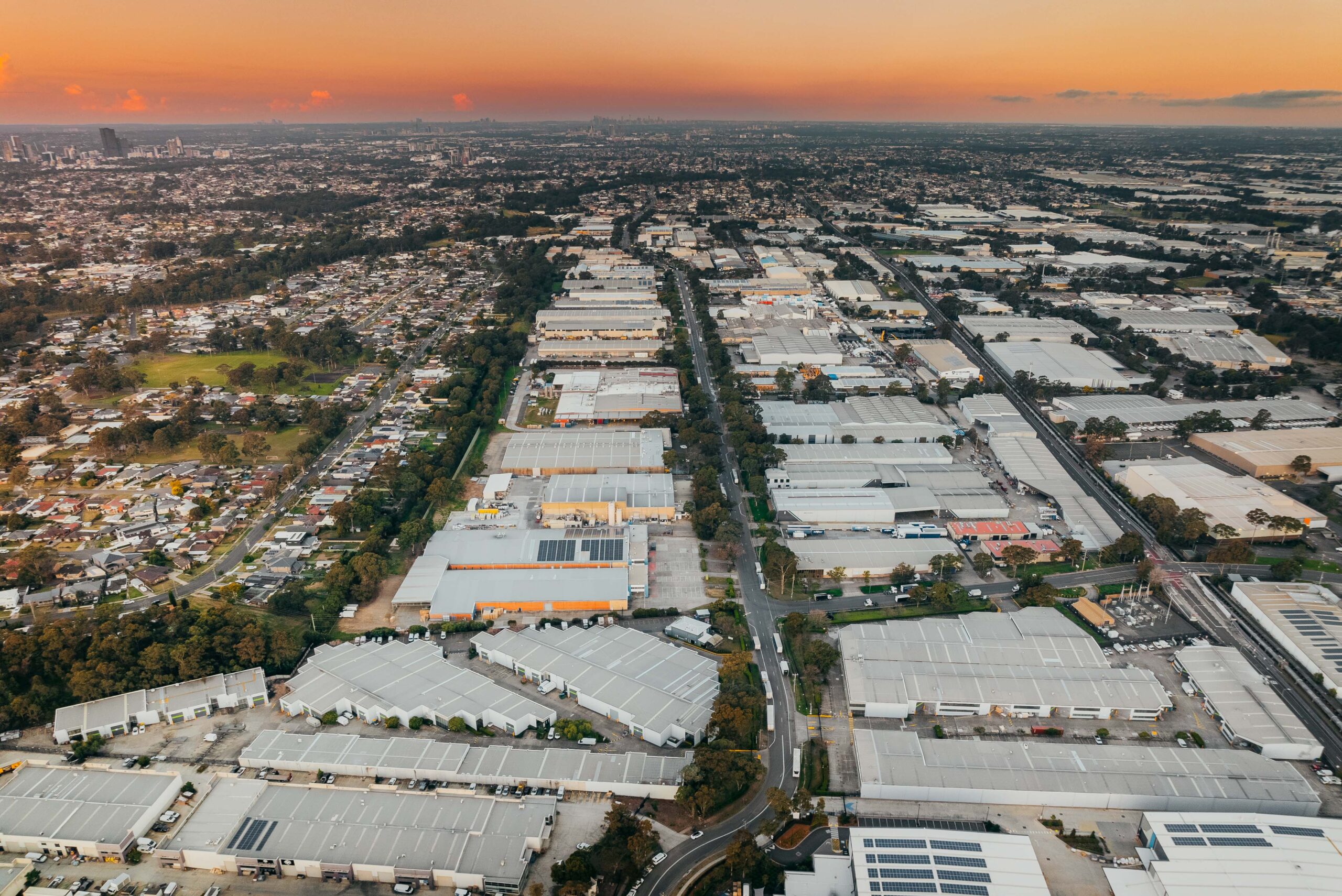
Australia’s property sector is entering a new phase, shaped by falling interest rates, constrained housing supply, and growing demand for alternative real estate. According to a recent report in The Australian Financial Review the industry’s most powerful figures are navigating these shifts with strategies that could influence both investors and households for years to come.
1. Greg Goodman – Driving Global Growth Through Industrial and Data Assets
Greg Goodman, the founder and chief executive of Goodman Group, has turned his company into one of Australia’s most successful global property businesses. Around 70% of the group’s earnings now come from international markets, with Goodman positioning the firm at the forefront of the AI-powered data centre boom. Thanks to low debt and strong cash reserves, Goodman Group has the capital strength to expand where others cannot, reinforcing his reputation as a leader who shapes both domestic and global property markets.
2. Craig Carracher and Stephen Gaitanos – Expanding Scape into “The Living Company”
In just over a decade, Craig Carracher and Stephen Gaitanos have built Scape into the nation’s largest student accommodation provider. Their recent $3.85 billion acquisition of Aveo marked one of the country’s biggest real estate deals, transforming Scape into a diversified housing platform under the new banner “The Living Company.” With more than 30,000 units across student housing, retirement living, and build-to-rent projects, the duo’s entrepreneurial drive and ability to attract global capital make them key players in addressing Australia’s rental and housing challenges.
3. David Harrison – Championing Institutional Capital at Charter Hall
David Harrison, managing director and chief executive of Charter Hall, has steered the company through volatile market cycles for two decades. His strong ties with major institutional investors give Charter Hall the capital advantage to move early in property cycles. Having guided the group through inflationary pressures and high interest rates, Harrison is now preparing billions in fresh investment commitments to capture opportunities as the market recovers, cementing his role as one of the most influential deal-makers in commercial property.
4. Clare O’Neil – Steering National Housing Policy
As federal housing minister, Clare O’Neil is directly shaping Australia’s response to the housing shortage. With a national target of 1.2 million new homes by mid-2029, her efforts focus on unlocking supply through regulatory changes and faster approvals. From pausing certain construction code updates to streamlining the approval of tens of thousands of delayed projects, O’Neil is wielding policy levers to accelerate delivery. While the challenge is immense, her leadership places her at the centre of the country’s housing strategy.
5. Peter Tulip – The Economist Pushing Supply Solutions
Peter Tulip, chief economist at the Centre for Independent Studies, has become one of the most prominent voices in Australia’s housing debate. For years, he has argued that restrictive zoning and planning rules are the real bottlenecks to housing supply. Increasingly, policymakers are embracing aspects of his supply-driven approach. His research, commentary, and willingness to confront politically sensitive issues have made him an influential figure in shaping the national conversation on housing affordability.
The Bottom Line
From private capital raisers to policymakers and economists, these five figures are steering Australia’s property market at a time of structural change. Their decisions—whether in global industrial assets, diversified housing platforms, institutional investment, federal policy, or zoning reform—will help determine how the nation balances growth, affordability, and supply in the years ahead.






